5 types of punches you need in your toolbox
Of all the things I didn’t think the DIY automotive world would share with the boxing realm, it would be punches. I’m a lover of vintage cars, not a fighter, so this article will be less uppercuts and jabs, more drift and center. Anyone who has done any amount of DIY work has likely improvised a punch from a ratchet extension, bolt, or screwdriver. Shame on you. It’s always best to use the proper tool for the proper job.
Let’s take a look at the five punches that anyone who spins wrenches should keep on hand.
Center punch
The most delicate of the tools designed to be hit with a hammer, the center punch is usually considered extraneous. Get in the habit of using one, however, and you’ll question how you ever did without it.
A center punch has a wide-angle, tapered point on the business end that, when placed on material and struck with a hammer, will put a small, precise dent in it. Use a center punch to knock a small indent into metal before drilling into it, and the drill bit will no longer wander when starting.
You can also use a center punch to outline a template on material that won’t accept a pencil or marker. Lay your template onto the material and then lightly tap the punch at critical locations to leave divots that you can use as reference points. Combine with a scribe (and machinist dye for bonus pro points!), and you’ll have a tidy outline that will not fade or disappear as you work.
Taper punch

The name gives this one away. The shank of a taper punch slims from a larger diameter to a smaller one at the critical end. These are sized according to the diameter of the striking face. Taper punches should be used for moving components that require percussive persuasion—a stuck pin, for example. Choose the diameter of punch that provides the best purchase on the problematic fastener, and tap away knowing that shank’s taper protects the punch from bending. Once the piece your are striking starts to yield, progress to a …
Pin punch
This is a taper punch without the taper. The constant diameter of the shank allows this punch to chase a bolt all the way through a workpiece. However, the slim shank of a pin punch makes it more likely to bend with an off-center or careless hammer strike, so be sure to only use these punches when they fit the task—especially the small-diameter ones.
Pin punches can help align components or prevent a gasket from shifting underneath a part. Whatever your task, these punches are best suited for use with a small hammer. If you want to use the big hammer, you need a …
Drift (preferably brass)
On the opposite end of the delicacy spectrum is the drift punch, a slug of metal used to make things move with authority.
While you can buy drift punches made of tool steel, I don’t typically recommend them to most DIY folks, because tool steel is so hard that it can mangle just about any casting or piece. Instead, pick up a set of brass drift punches. This metal is softer and thus less likely to mar your material if it moves unexpectedly or if the drift slips.
Brass is also non-sparking, both when struck by a hammer and when contacting a work surface. For most of us, sparks are not a concern 99 percent of the time, but when spark resistance matters, it matters. When working in proximity to a gas tank or close something that may have a decent amount of brake cleaner on it, you can’t afford mistakes.
Letter or number stamps
The last set may seem less utilitarian than the others, but ever since I added number stamps to my shop, I’ve found them to be endlessly handy. After marking spare parts and making identification or reference marks on engine builds, they’ve become some of my favorite tools. You can even use them to marking tools or important pieces so they don’t walk off and live permanently in your “friend’s” shop.
That’s five punches that make a tidy and hardworking kit for most do-it-yourselfers to knock out (get it?) any project they might tackle. Think there is one more I’m missing? Leave it as a comment down below.
Check out the Hagerty Media homepage so you don’t miss a single story, or better yet, bookmark us.


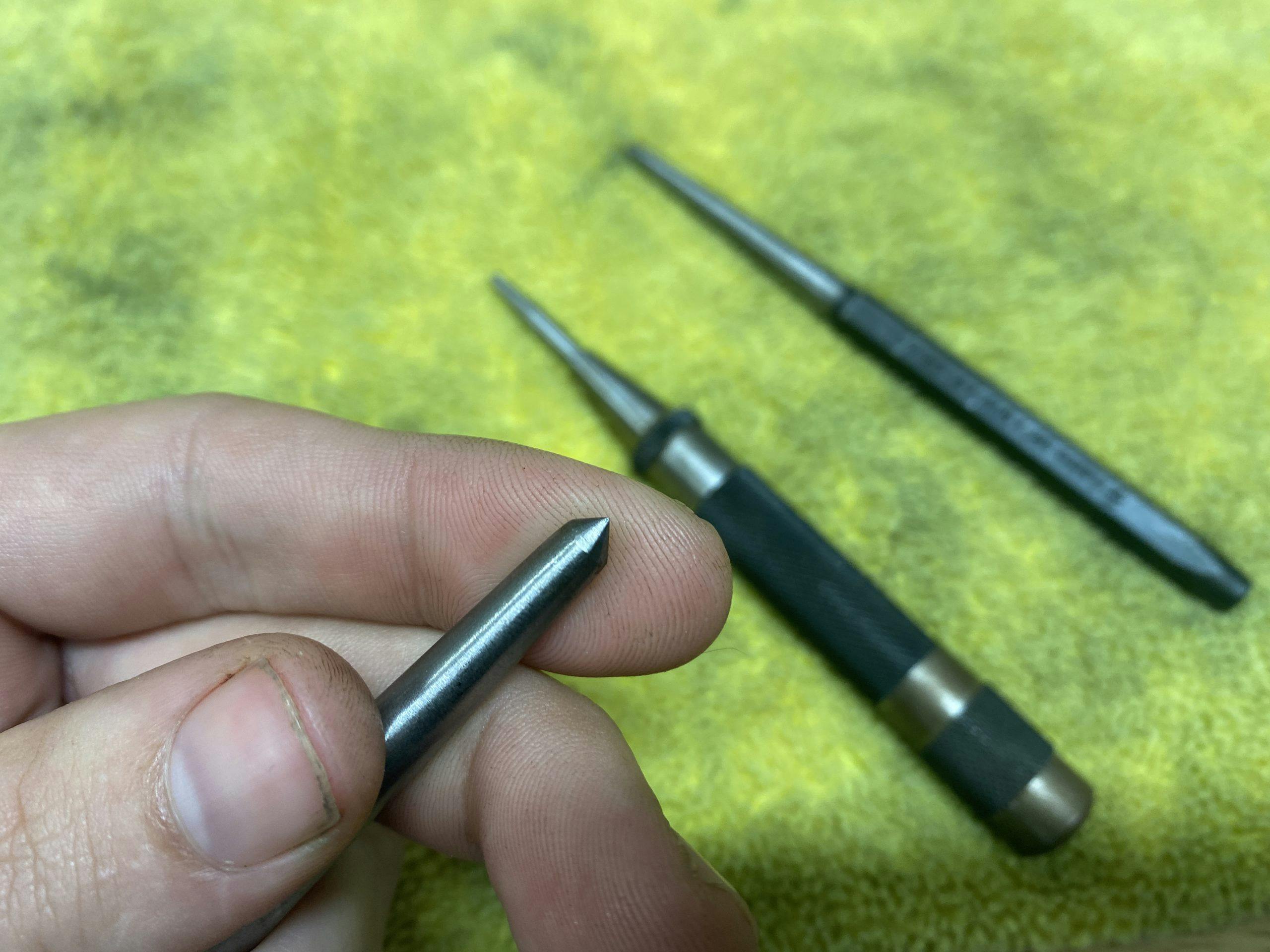
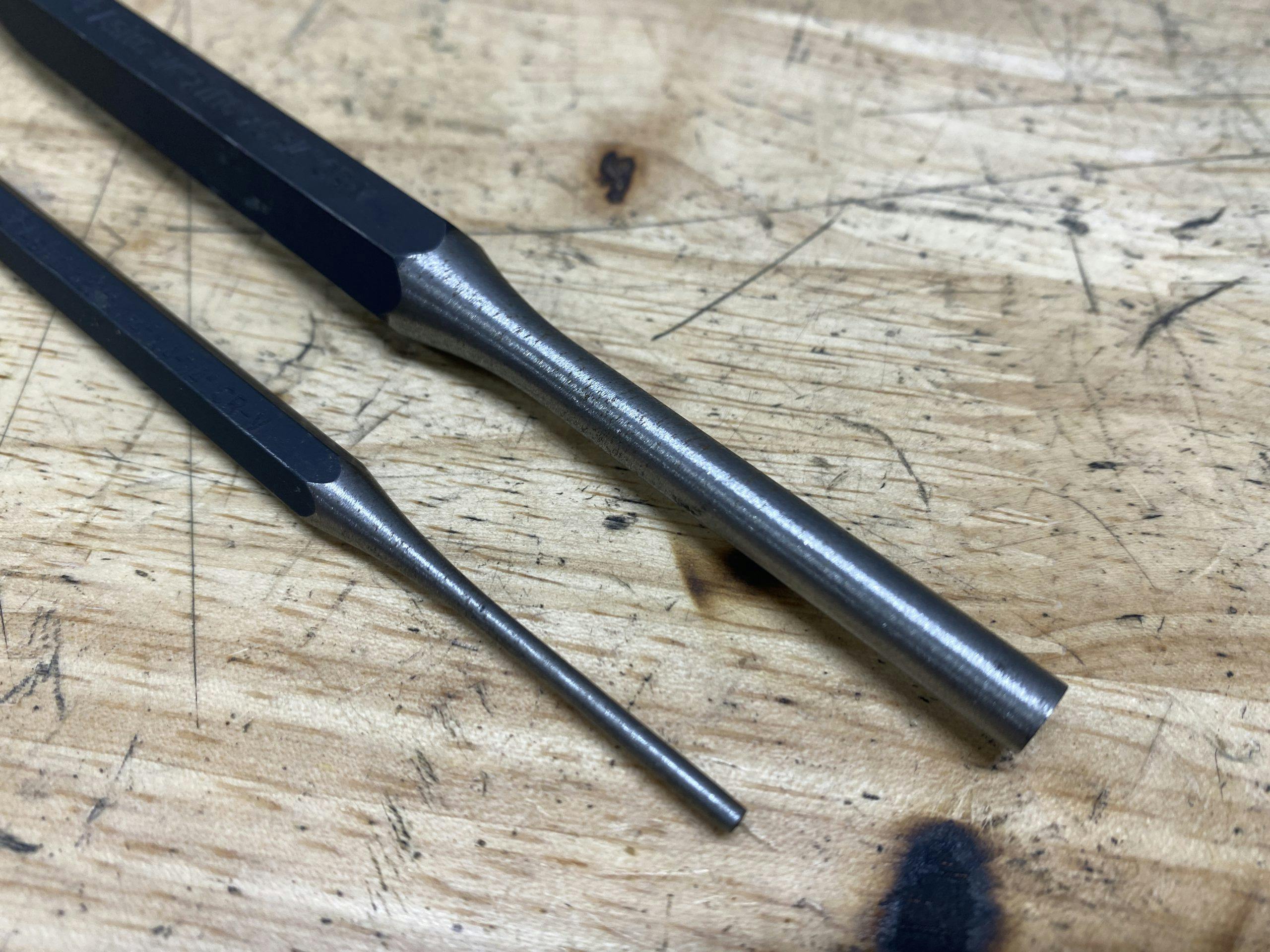
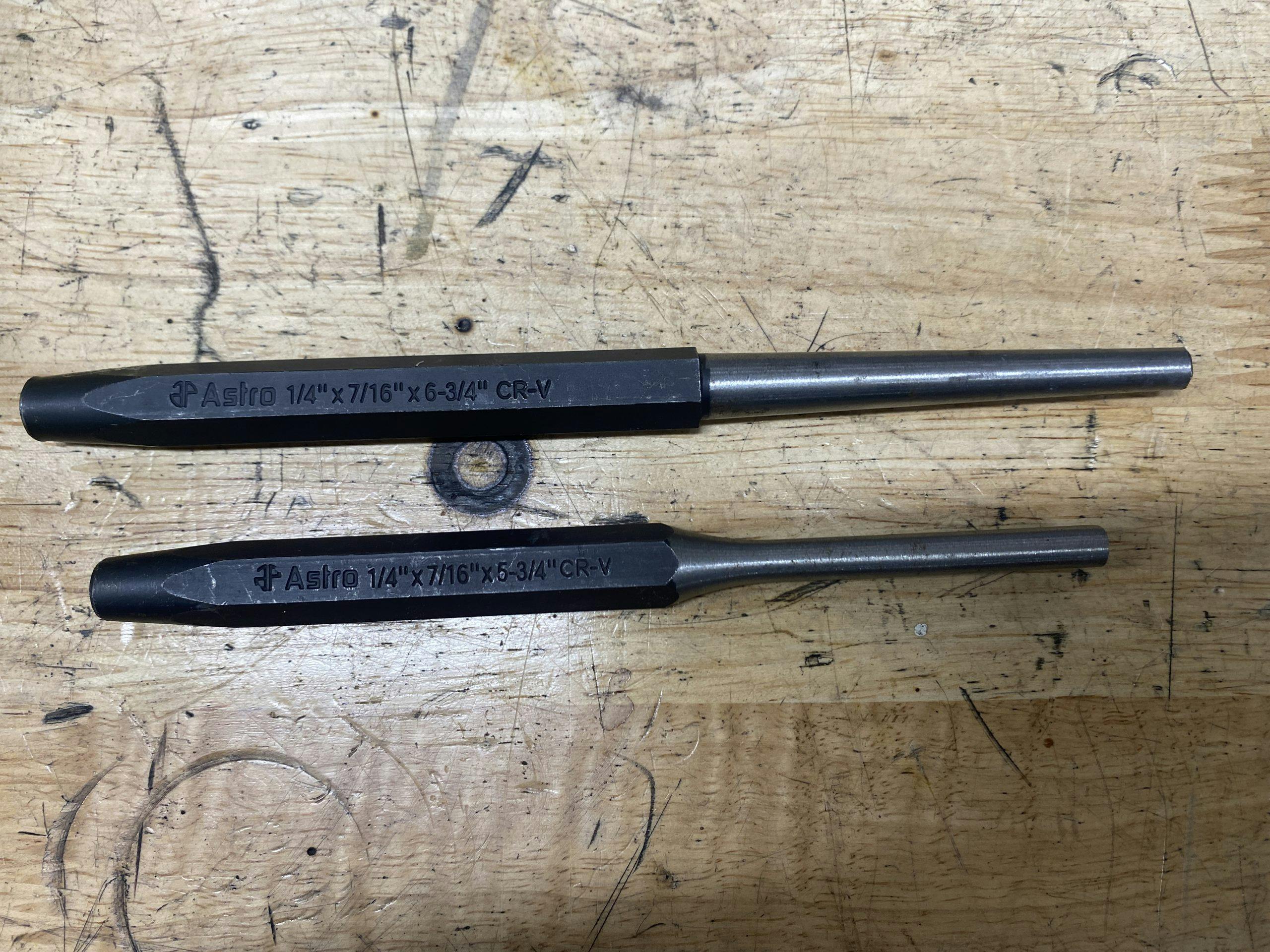
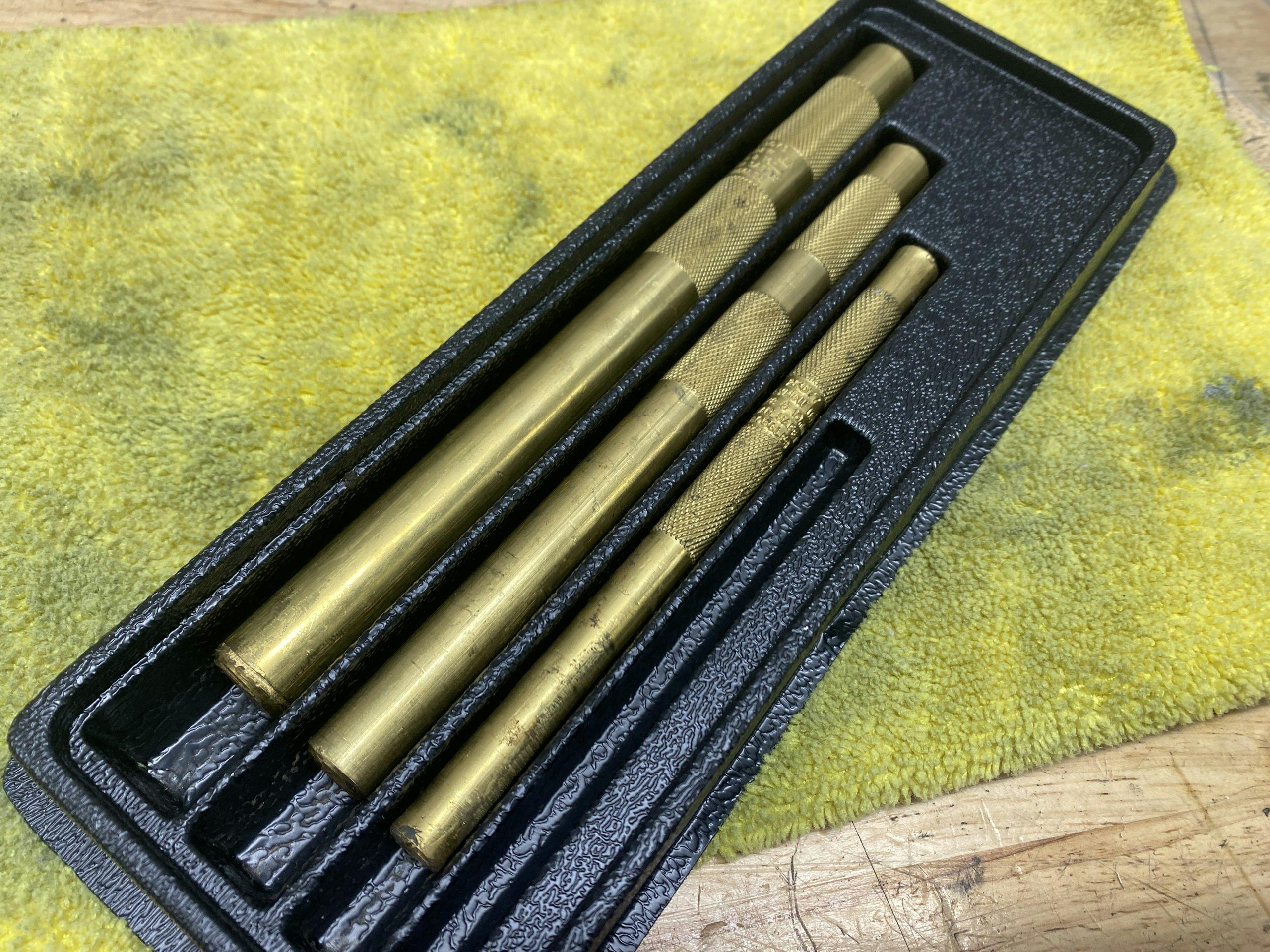
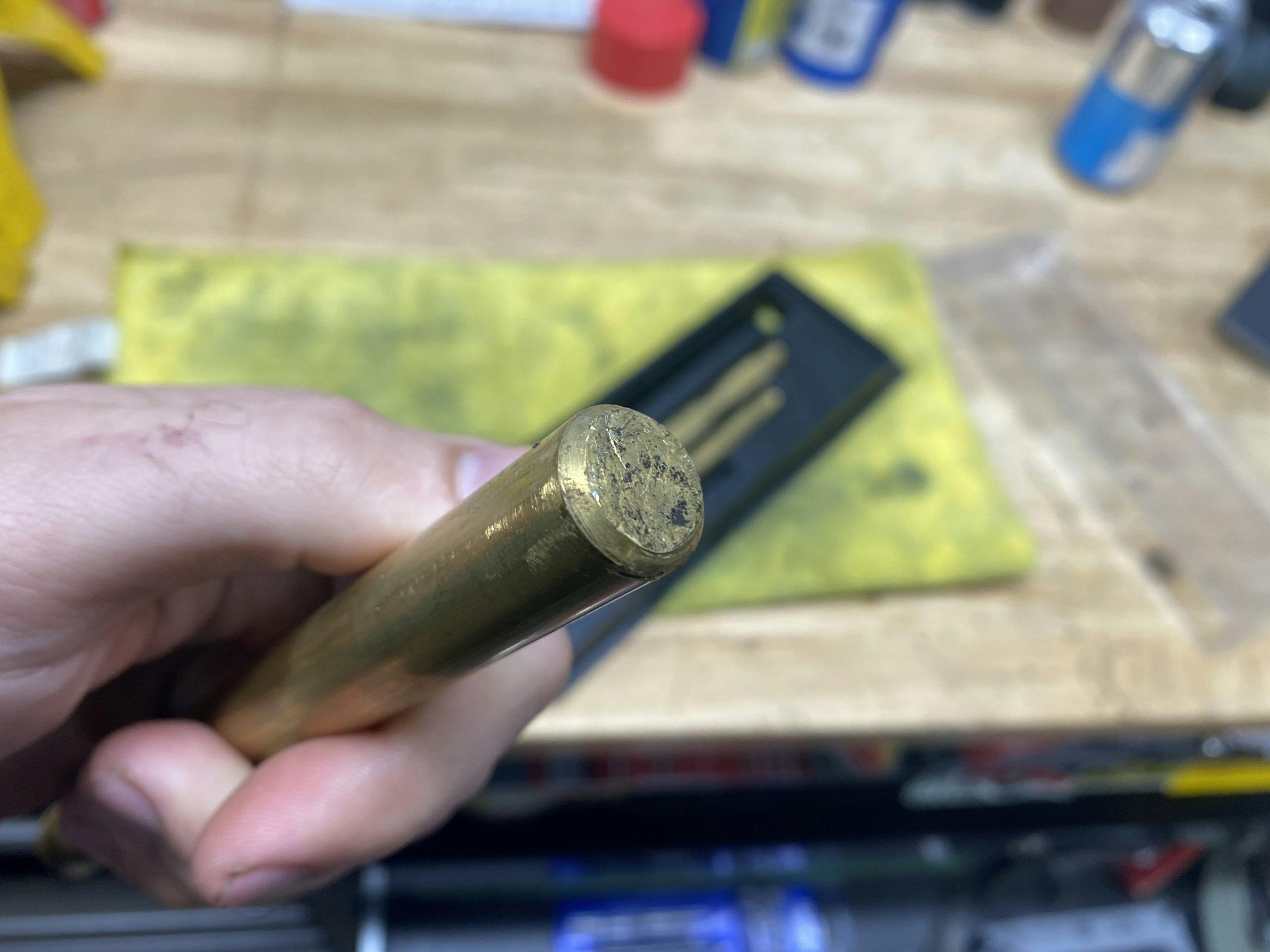
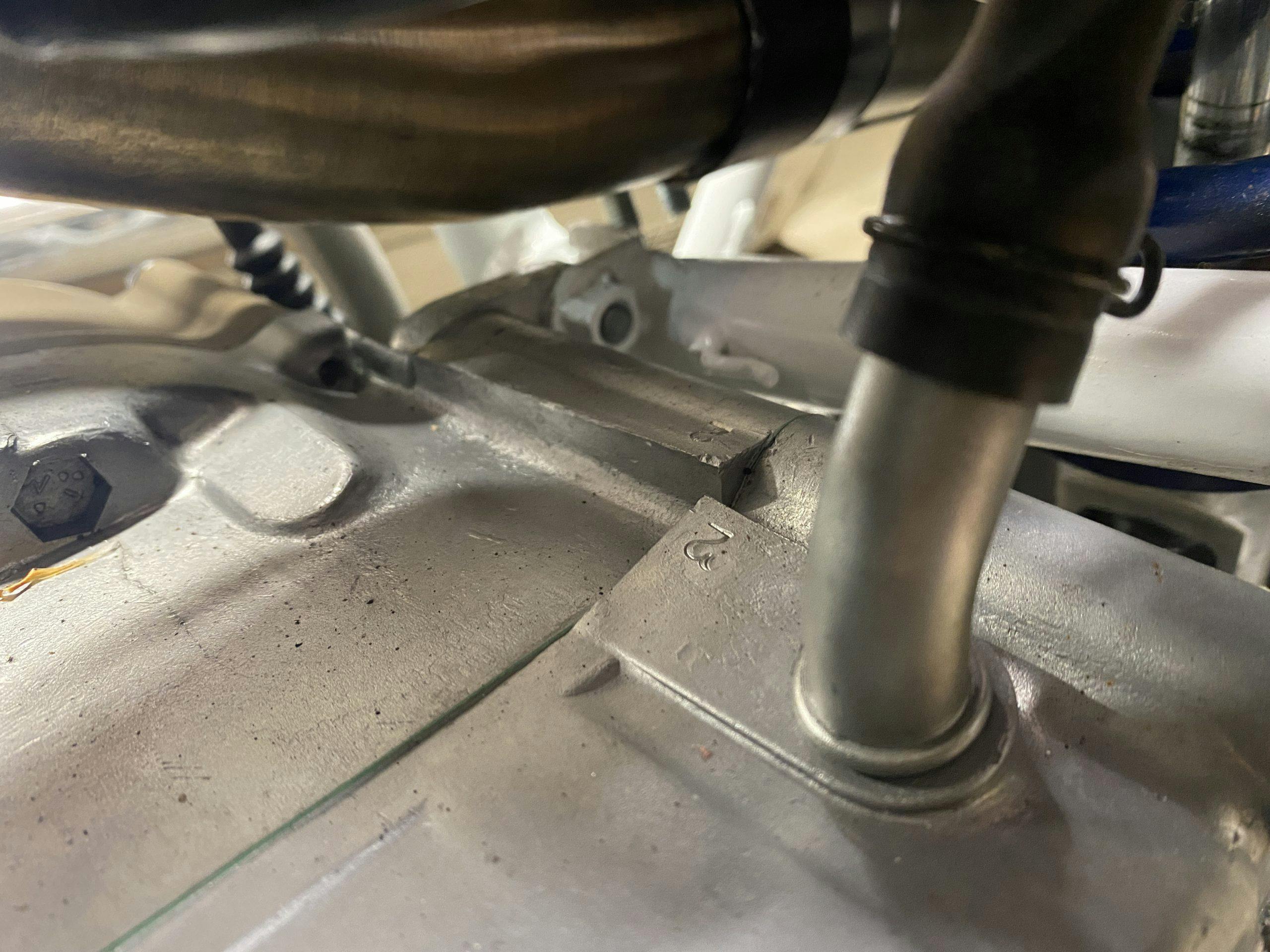
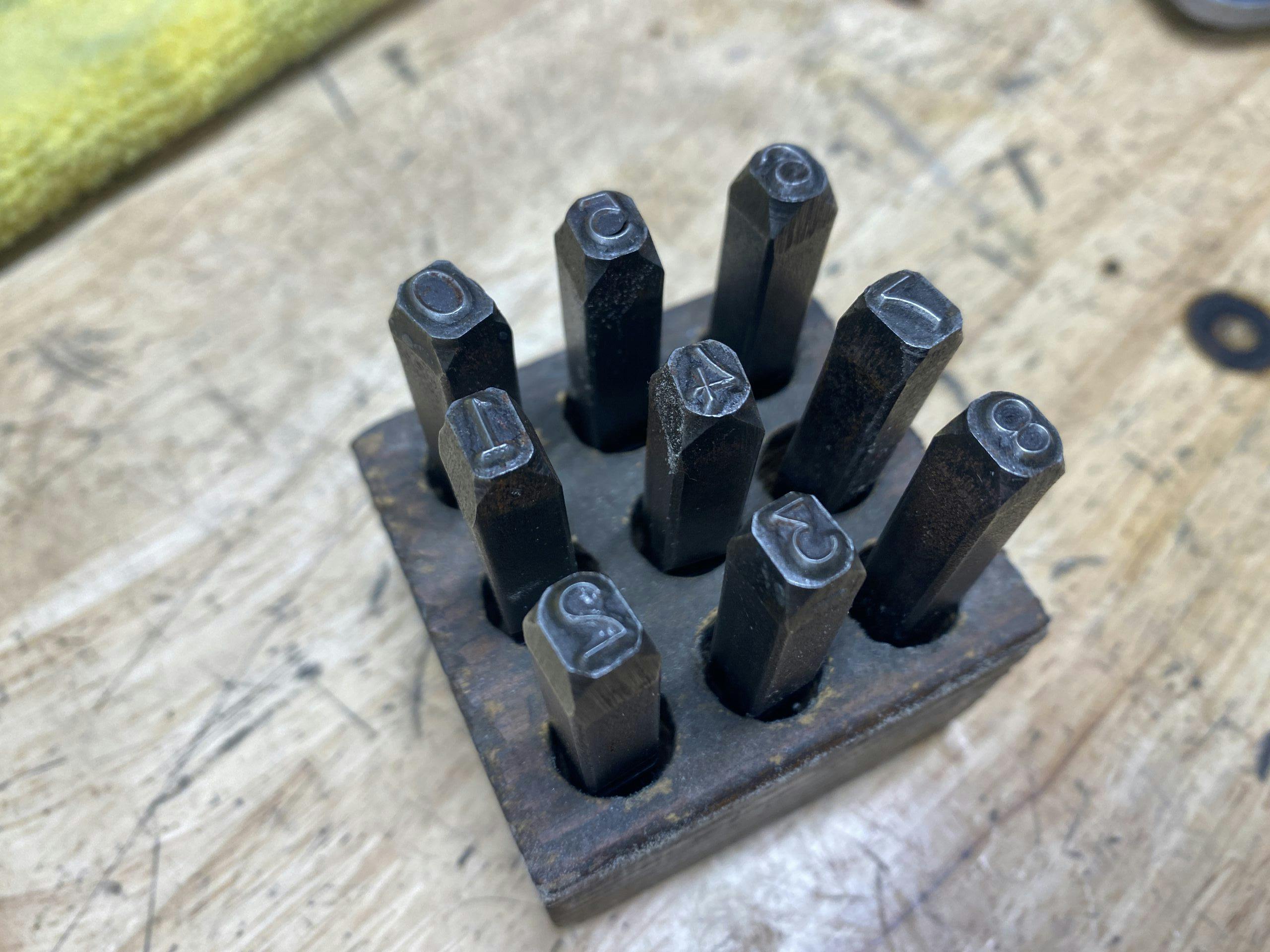


Paper hole punch. –To put important vehicle papers away in a binder.
Leather punch –can be used on many other things.
Fruit Punch –to hide the rum.
“Fruit Punch – to hide the rum.”
My favorite quote of the day! 😋
But I second the suggestions of paper and leather punches, as I use them a lot in my shop. When you need to put holes in a gasket you’re making, for instance, the proper sized leather punch will make short work of it. Kyle’s recommended punches are spot on – the only thing he failed to mention is that once you get started, you’ll find that there are literally hundreds of sizes and lengths of most punches and drifts, and it’s tempting to keep adding to that specific tool drawer until you eventually need to move them to a bigger drawer!
Good point as I have a hole punch for leather and belts. Also always am using a paper hole punch.
I’d add Roll Pin Punches.
That’s what a pin punch is for.
No, roll pin punches have a special tip.
Great overview of the “lineup” of an important family of tools –thanks!
I would recommend grinding the backside of the punch because it gets flared out and pieces break off and can hit you. I’m not a big fan of using brass punches especially if you’re going to use them on bearings because the brass breaks out and if you ever take courses on bearings they tell you to use mild seal because it doesn’t break off. These are all things I learnt with my five year apprenticeship for machine repair.
Personally I can’t live without a set of transfer punches. The Best way to transfer existing holes to the new piece. Transfer punches makes it easy to perfectly align holes, and the price had come down over the years. You can pick up a set for around 12 buck. Money well spent!
For those who need to fabricate in thin sheet metal stock I would suggest the Whitney hand punch. I inherited my two well used examples from my sheet metal worker Father in the very useful #5 Jr (8″) size and the (mostly for show) 22″ monster size. They punch a nice clean round hole and don’t distort the metal or leave a burr in it like a drill does. Very handy for some jobs.
Terry,
I frequently use various hole punches to cut a perfect circle of varying sizes in fabric, rubber and very thin aluminum. Also great punch(s) to have in the tool box.
Transfer screws.
If in doubt give it a clout?
If you’re doing any sort of fabricating I definitely agree about the Transfer Punches. Transfer screws are nice to have as well, although they’re pricy if you buy them new. (you can often improvise using setscrews or woodworker’s Dowel Centers). Slightly off topic but while we’re on the subject of transferring holes, aircraft Strap Duplicators are handy – if you see these used, grab ’em. These days I also find myself using Roll Pin Punches more and more.
For years my punch set in the “Go Box” had one long Taper Punch, a 1/8, 1/4 and 3/8 Pin Punch, a 5/8″ Chisel, and a 3/4″ diameter Brass Drift. Those 6 will likely do 90% of the mechanical stuff you’ll need to do.
If we expand the discussion to hammer-struck tools in general, don’t forget the bearing race punches and drivers, bushing drivers, and seal drivers. Someone mentioned gasket punches earlier, too.
Ever since I evolved those opposable thumbs it seems I can’t stop accumulating tools……
When you’re in a jamb and have to make a gasket. nothing beats a set of hole punches to punch out the bolt holes.
I have a set of roll pin punches, regular punches do not work as well on roll pins.
Great article about a tool used all the time but never given a thought. I don’t have a letter or number punch ( do have the rest) so now I want to run to Harbor Freight. But, I won’t drink the punch